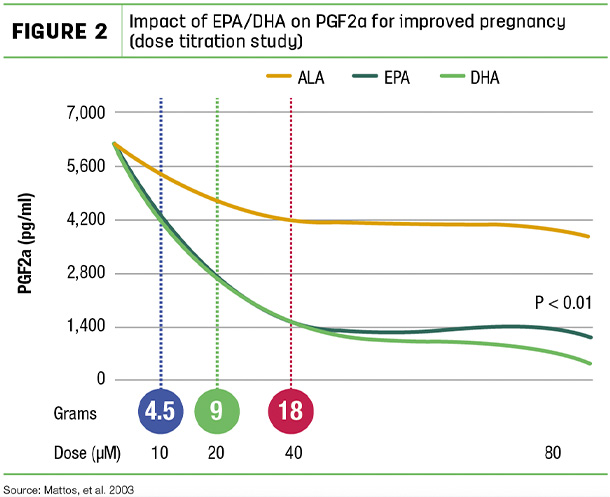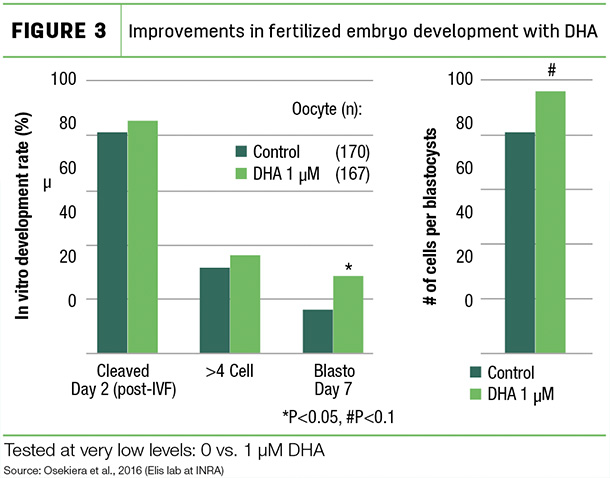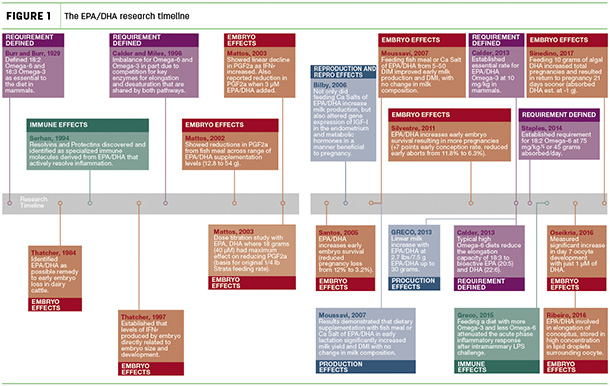Nina lived to be 17 years old, had more than 50 daughters and two sons that made it to the bull studs.
Seventeen is a lot of cow years and a lot of profitable years at that. But what impact would extending the average lifespan of your herd by just one year have on your farm’s profitability? That goal may seem difficult to obtain given the pressures to replace animals and bring in the newest genetics.
Rampant use of sexed semen, the lure of improved genetics in a new heifer, and increasing health and reproductive challenges as cows age make replacing older cows at a quick pace tempting. Next levels of profitability in dairy are dependent on improving the productive lifespan of dairy cows – helping cows to stay in herds longer because they remain healthy and highly productive.
I’d suggest nutrition is perhaps one of our greatest limitations as we learn how to feed cows to unlock the genetic potential that has been built into today’s herds. The nutrients we offer our cows should be high on the list to evaluate (and reconsider) as we work toward helping herds express their genetic capabilities, while improving cow health and well-being at the same time.
How essential is EPA/DHA?
There’s a strong case for EPA/DHA omega-3 to be fed as an essential nutrient in dairy diets, even though it has not yet made the “essential list” in the NRC guidelines. In the nutrition world, the term “essential” means the nutrient must be provided in the ration because the cow’s body will not manufacture the nutrient on its own. Technically, the plant-based ALA omega-3 is the essential omega-3, since ALA gets converted to provide some EPA and DHA omega-3 to the cow. However, research shows this conversion rate to be extremely low – less than 1% – which means most dairy cows are low in EPA/DHA without supplementation. And since EPA and DHA are the bioactive omega-3s, only delivering ALA does not suffice.
Human nutrition has already deemed EPA/DHA so essential that this powerful nutrient is found in practically every baby formula for “brain development” and in most prenatal vitamins to support mom and baby’s health. Additionally, these marine oil omega-3s are important not just for reproduction. In a recent study in the Journal of Clinical Nutrition, higher EPA/DHA levels in your blood reduced mortality by almost five years, which is equivalent to the impact of not smoking.
A thorough review of the literature on EPA/DHA reveals mounting evidence for this vital nutrient to find its way into more dairy cows to support a wide range of vital functions, including improving embryo development, reducing early aborts, actively resolving inflammation and improving ECM/DMI efficiency. While the full research timeline is shown in Figure 1, here are some of the key highlights.
Click here or on the image above to veiw it in full size in a new window.
Essential to resolving inflammation
In 1994, Dr. Charles Serhan from Harvard discovered that the resolution of inflammation after an insult does not simply happen by default. He identified these specialized immune molecules called resolvins and protectins that are derived from EPA/DHA. These immune modulators prevent the cow’s immune system from overreacting, while actively signaling for tissue repair and a more rapid return to health and homeostasis. Serhan’s discovery that resolvins and protectins were derived from EPA/DHA has led to a cascade of research on how these bioactive fatty acids can improve immune health and prevent chronic disease.
While dairy cows experience insults that trigger immune responses at all stages of lactation, there’s a high concentration during the transition period. Ensuring EPA/DHA levels are adequate during this period when her immune system is always triggered helps to resolve inflammation quickly, improve insulin sensitivity and early milk production.
Essential to embryo development
The impact of EPA/DHA on embryo quality and retention has been ongoing, since the early ’80s when Dr. Bill Thatcher from the University of Florida first hypothesized that EPA/DHA could be a possible remedy to early embryo loss in dairy cattle. In 1997, Thatcher established the link between embryo size and the amount of interferon-tau (IFN-t) that the embryo produces. IFN-t is the pregnancy hormone that reduces PFG2a spikes, resulting in improved maintenance of the corpus luteum, thus resulting in greater maintenance of pregnancy. Researchers in 2003 examined the impact of EPA/DHA with a dose titration study to determine how much EPA/DHA is needed to have significant effects on reducing PGF2a spikes. This foundational study led to the commercialization of calcium salts of EPA/DHA that were formulated at the “maximum impact” on reducing PGF2a, which was at the 18-gram level. Looking retrospectively at this research, it shows significant impacts all along the early part of the dose curve compared to the control of ALA omega 3 – pointing us to consider the impact across a wide range of inclusion rates (Figure 2).

Since then, other researchers have asked the question of “how low can you go” on feeding EPA/DHA and still have a significant effect on embryo development and pregnancy. Researchers in 2016 performed a study at just 1 micromolar of DHA and found significant improvements in day seven oocyte development rates in vitro (Figure 3).

One micromolar is an equivalent of .45 gram of EPA/DHA – a fraction of what was tested in earlier studies. Additionally, researchers in 2017 studied the impact of DHA on total pregnancies at an estimated 1 gram (absorbed rate) and measured a significant increase in pregnancies, as well as a return to pregnancy averaging 21 days sooner.
Essential to efficiency
While production efficiency is not a “biologically essential” function, it certainly is essential to the profitability of your dairy herd. Calcium salts of EPA/DHA have consistently been shown to improve milk production in early lactation, with the responses resulting from improved DMI and by sparing energy from reduced inflammation. In this same study, feed efficiency was also measured with an improvement of 5.6% (FCM/DMI).
Feed efficiency is the direct impact that EPA/DHA has on efficiency of production. Perhaps even more impactful is the indirect impact that improved reproduction has on the efficiency of the herd. As cows get pregnant (and stay pregnant) faster, the result is fewer cows with extended days in milk – fewer cows in the herd that are less efficient at converting feed into milk (and fewer cows eating your very expensive feed).
Essential to longevity?
As for EPA/DHA having an impact on dairy cow longevity, there’s more research work to be done to firmly make that conclusion – although there are some good reasons to believe that to be true. Cows leave the herd for a variety of reasons, but the main reasons are low milk, reproductive problems and mastitis/high SCC. Therefore, it is not a far leap to conclude that improving reproductive success, greater production efficiency and bolstering the cow’s ability to efficiently resolve inflammation will help her stay in the herd longer. Perhaps a whole herd of cows more like “Nina” are in your future with adding just a gram or two of EPA/DHA.







